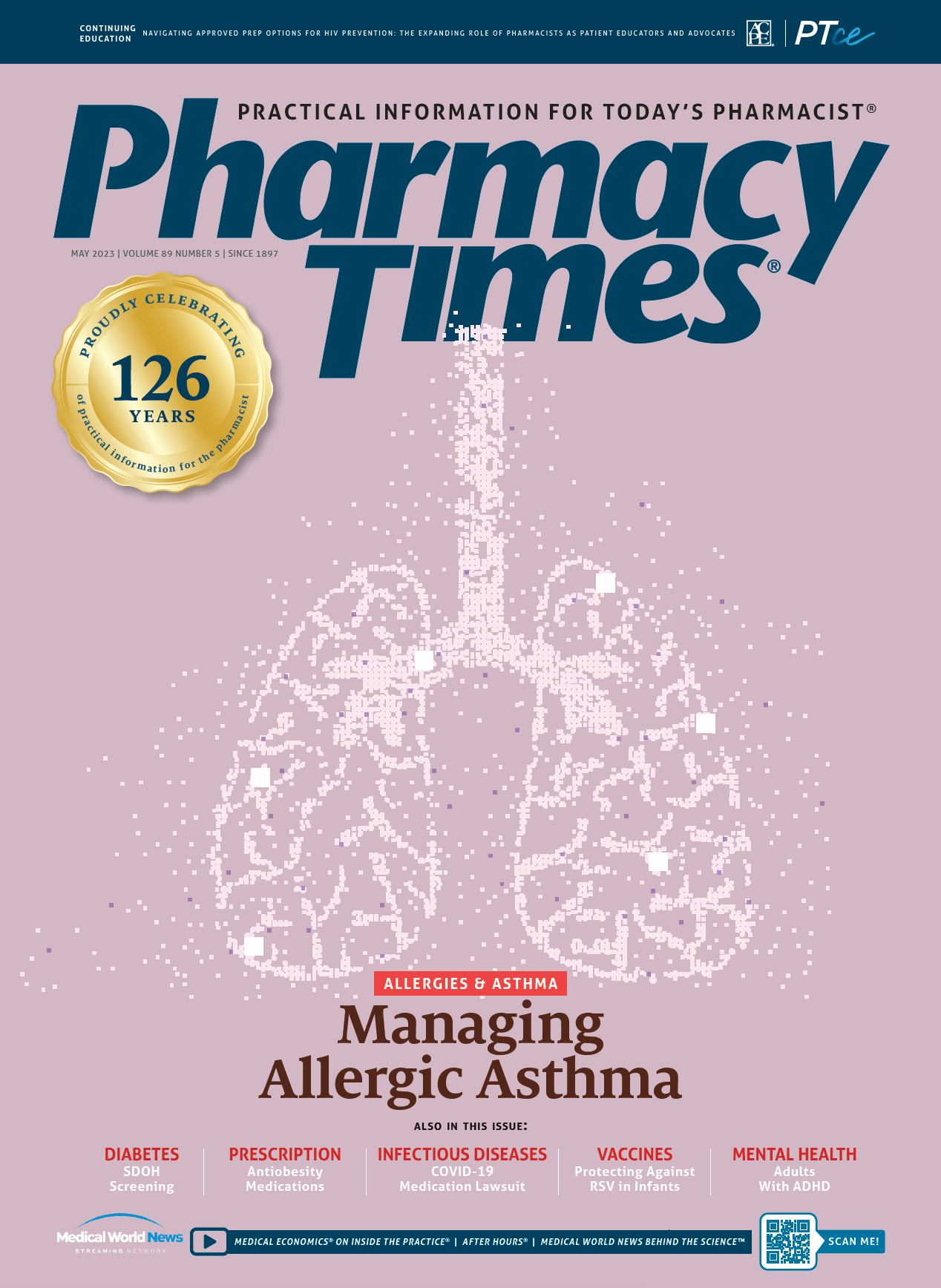News
Article
Pharmacy Times
Health Equity and Accountability Act of 2022 Aims to Combat Disparities
Federal legislation addresses variety of issues and seeks to build on gains made under the Affordable Care Act.
Health disparities can occur in many forms for ethnic and racial minorities in the United States. For some groups, these may include increased rates of chronic disease, homicide-related deaths, infant mortality, obesity, and more.1 A prominent example was the prevalence in 2018 of diabetes in adults.2 That year, the incidence of self-reported new diagnoses to the National Health Interview Survey was 12.3% among Hispanic individuals, 12.1% among non-Hispanic Blacks, and 7.4% among non-Hispanic White individuals.2
Credit: renaschild - stock.adobe.com

In general, health disparities are defined as “differences that exist among specific population groups in the United States in the attainment of full health potential that can be measured by differences in incidence, prevalence, mortality, burden of disease, and other adverse health conditions.”1
Disparities do not exist just across ethnic and racial groups but also across age, gender, geographic location, socioeconomic status, and disability status.3 Health equity, in contrast, pertains to “individuals achieving their highest level of health through the elimination of disparities in health and health care.”2
As health care professionals, we must keep health equity in mind for all patients and be alert to potential barriers that may prevent access to adequate care. The Health Equity and Accountability Act (HEAA) was reintroduced in 2022 to combat these issues and build upon the strides made under the Affordable Care Act.4 Since 2003, the Congressional Tri-Caucus, which comprises the Congressional Asian Pacific American Caucus, the Congressional Black Caucus, and the Congressional Hispanic Caucus, has introduced the legislation frequently.4 In the intervening years, more than 300 community-based groups, health equity organizations, and researchers have contributed to its development and expansion.4
The legislation addresses a wide variety of issues pertaining to health and well-being for marginalized and underserved communities, aiming to increase accessibility to all.5 Under Title II, cultural and language barriers to health care would be addressed by ensuring culturally informed care and expanding language accessibility tools.4,5 The improvement of health outcomes across the life span for underserved children, families, and women is addressed under Title V.4 This includes combating the alarming rates of infant and maternal mortality by expanding access and coverage as well as increasing resources.4,5
In addition, Title VI of the HEAA works to improve the accessibility and quality of behavioral health services to combat mental illness and substance use disorders for ethnically and racially diverse communities. The COVID-19 pandemic has also taken a drastic toll on not only the physical but also on the mental health and well-being of ethnic and racial minorities and other underserved groups.3 A survey from February 2021 showed that approximately 59% of Hispanic adults and 51% of Black adults reported that their household had lost income because of the pandemic compared with approximately 39% of White adults.3 Title VII of this legislation addresses the prevalence of high-impact diseases among minority populations largely through increased health screenings, research, accessibility to treatment, and insurance coverage.5
There are many other important aspects of the HEAA, with 10 titles each addressing a significant disparity in the health care system.5 Accountability, data collection and reporting, diversity, evaluation, health care access and quality, health information technology, and health workforce diversity are all broached to varying degrees by the legislation.4 A monumental challenge for the HEAA is to remediate the social determinants of health and other factors that influence the unequal distribution of health inequities.4
Conclusion
Disparities and inequalities in the health care system are an unfortunate reality. But the HEAA is a step toward combating them. Pharmacists can contribute to these efforts by becoming educated and aware of potential biases or disparities when providing care to patients.
Two provisions of the American Pharmacists Association’s Code of Ethics are directly relevant:
- II. A pharmacist promotes the good of every patient in a caring, compassionate, and confidential manner.
- VIII. A pharmacist seeks justice in the distribution of health resources.6
This code reinforces the goals of this federal legislation. Pharmacists should use their resources to serve all patients to the best of their ability.
References
1. National Academies of Sciences, Engineering, and Medicine; Health and Medicine Division; Board on Population Health and Public Health Practice; Baciu A, Negussie Y, Geller A, et al, eds. Communities in action: pathways to health equity. National Academies Press (US); 2017.
2. CNCHS data on racial and ethnic disparities. CDC. March 2020. Accessed April 7, 2023. https://www.cdc.gov/nchs/about/factsheets/factsheet_disparities.htm
3. Ndugga N, Artiga S. Disparities in health and health care: 5 key questions and answers. Kaiser Family Foundation. May 11, 2021. Accessed April 7, 2023. https://www.kff.org/racial-equity-and-health-policy/issue-brief/disparities-in-health-and-health-care-5-key-question-and-answers/
4. Booker, Warnock introduce legislation to advance health equity. Cory Booker. News release. June 23, 2022. Accessed April 7, 2023. https://www.booker.senate.gov/news/press/booker-warnock-introduce-legislation-to-advance-health-equity#:~:text=%E2%80%9CThe%20Health%20Equity%20 and%20Accountability,health%20care%20workforce%2C%20and%20so
5. The Health Equity and Accountability Act of 2022. CBS Health Braintrust. Accessed April 7, 2023. https://aligningforhealth.org/wp-content/uploads/2022/04/HEAA-117-Factsheet-FINALv2.pdf
6. Code of ethics for pharmacists. American Pharmacists Association. Accessed April 7, 2023. https://pharmacist.com/Code-of-Ethics
About the Authors
Hannah S. Mercado is a PharmD candidate at the University of Kentucky College of Pharmacy and an MPA candidate at the University of Kentucky Martin School of Public Policy and Administration, both in Lexington.
Joseph L Fink III, JD, DSc, (Hon), BSPharm, FAPhA, is professor emeritus of pharmacy law and policy at the University of Kentucky College of Pharmacy in Lexington.

Newsletter
Stay informed on drug updates, treatment guidelines, and pharmacy practice trends—subscribe to Pharmacy Times for weekly clinical insights.





